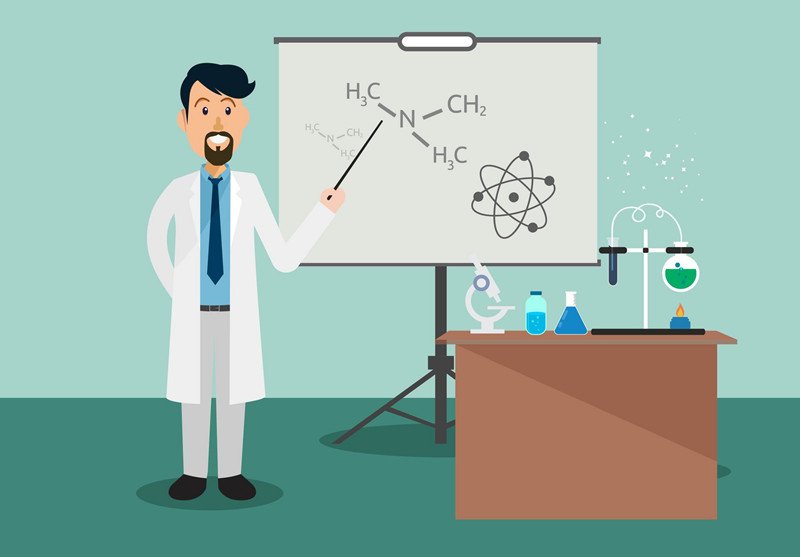Collagen is a natural protein that is widely found in animal skin, bone, cartilage, teeth, tendons, ligaments, and blood vessels. It is a very important structural protein of connective tissue, which plays the function of supporting organs and protecting the body.
Collagen accounts for 25%-30% of the total protein in mammals, which is equivalent to 6% of body weight. Take a 50 kg adult as an example, he has about 3 kg of collagen in his body. It is the most important protein in the human body, and it is also a protein that forms the basis of life. Most of the high-end collagen products currently on the market are collagen peptides.

1 Collagen products are all recombinant small molecule fragments. Does this fragment have the effect of the original collagen? What molecular weight products are easily absorbed by the body?
Strictly speaking, collagen products on the market are collagen peptides, that is, hydrolyzed collagen mixtures and gelatin hydrolysates. According to reports in the literature, the molecular weight of oral collagen, one of the collagen peptide standards, is the best between 500-1000 Daltons. Collagen in this molecular weight range is the most active and has the best absorption effect after use.
According to the analysis results of MALDI-TOF-MS, the relative molecular mass distribution of collagen peptides ranges from 600 to 2500 Daltons. Among them, the relatively high kurtosis is mainly concentrated in 660d, 880d, 1100d, and 1440d. This shows that it is a high-quality collagen peptide.
2 Is eating collagen and meat, eggs, soy, and ordinary foods that contain protein the same?
From a biochemical point of view, proteins are biological macromolecules formed by linking 20 kinds of amino acids by peptide bonds. It is generally believed that eating collagen and meat, eggs, soybeans, etc. are all polypeptides composed of 20 amino acids or a few amino acids after being decomposed by the digestive tract. They are absorbed into the blood through the intestinal villi epithelium and used as raw materials for protein synthesis, so eat collagen and meat. There is no difference between ordinary foods such as eggs and soybeans.
However, with the rapid development of life sciences, especially the rise of genomics and proteomics, research has found that the claim that collagen is equated with meat, eggs, soybeans, and other foods lacks a scientific basis. First of all, the percentages of various amino acids formed by the degradation of collagen, meat, eggs, soybeans, and other proteins after digestion are different. Secondly, the small peptides formed after protein digestion can be directly absorbed into the blood by small intestinal villi epithelial cells. Due to the different amino acid sequences of different proteins, the amino acid composition and sequence of the small peptides formed after degradation must be different. These small peptides will exert different physiological functions after being absorbed into the blood. What kind of physiological function will be exerted remains to be further studied. In addition, there have been both positive and negative research results about eating collagen peptides to promote the synthesis of human collagen. This argument is still controversial.

At present, more and more small peptides can be used as drugs and have important application value. In 2010, the research results of Japanese nutritionists showed that low-molecular-weight collagen hydrolysate can increase bone organic matter content and reduce water content, thereby having a beneficial effect on osteoporosis.
3 Gelatin and collagen are the same thing. Is this statement correct?
This statement is incorrect. Collagen is the main source of collagen peptides. It is a fibrous structure of a three-element spiral formed by three peptide chains of a certain length intertwined in a certain way, which is also called collagen fiber. It is an important protein that plays the role of “skeleton” in the body. Gelatin is a colloidal substance refined based on collagen. The collagen of the animal body is hydrolyzed once to disintegrate and break the collagen fibers to form a single polypeptide peptide chain. After fine processing, gelatin is obtained.
The European Gelatin Manufacturers Association pointed out that the decisive difference between gelatin and collagen hydrolysate is that the latter does not have freezing strength, which is mainly due to the much lower molecular weight of collagen hydrolysate. From a technical point of view, this distinction is very important. The protein of gelatin is composed of long chains of amino acids, while the collagen hydrolysate is composed of short chains of amino acids, or “peptides”. This allows the peptide to pass through the intestinal wall into the blood, and therefore has a high bioavailability.
4 Some people say that excessive intake of collagen will not only fail to achieve cosmetic effects, but will increase the burden of protein metabolism in the liver and kidneys. Is this statement correct?
Collagen peptide has the effects of anti-oxidation and elimination of free radicals can inhibit skin aging caused by ultraviolet radiation and has certain cosmetic effects. Eating too much protein will increase the burden on the liver and kidney, but it is safe and reliable to take it in an appropriate amount.

5 What research results have been made on collagen? What is the clinical effect?
At present, collagen peptides have been separated into components with different molecular weight distributions, and their bone-promoting activity has been proved through cell and animal experiments. Experiments have confirmed that collagen peptides significantly promote the proliferation of MC3T3-E1 cells and human osteoblasts. Flow cytometry detected the effect of collagen peptide on the osteoblast cycle, indicating that collagen peptide promotes cell proliferation by promoting the percentage of the G2+S phase.
REAL-TIME PCR analysis showed that the expression of important osteoblast markers such as rux2, osteocalcin increased significantly. Alizarin red staining to observe the quantitative analysis of mineralization showed that the experimental group with collagen peptides increased significantly, indicating that collagen can play an important role in the proliferation of osteoblasts in vitro. Work on animal experiments is in progress.

